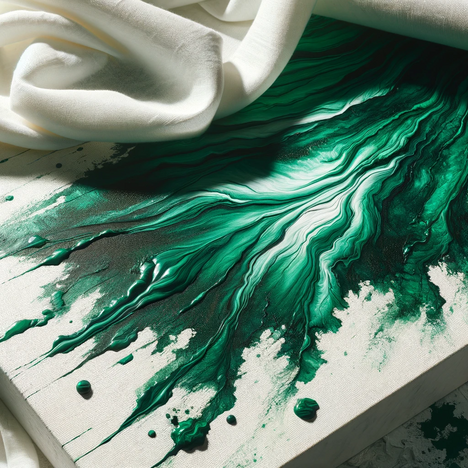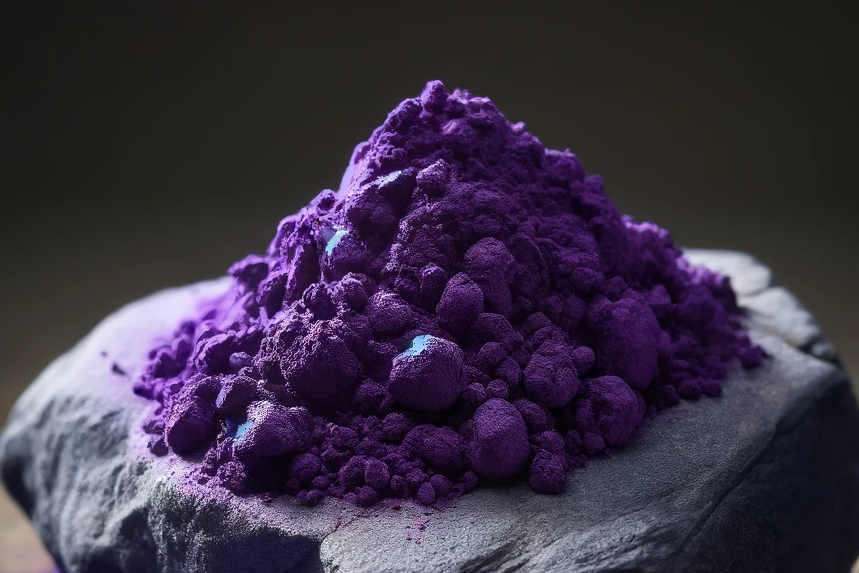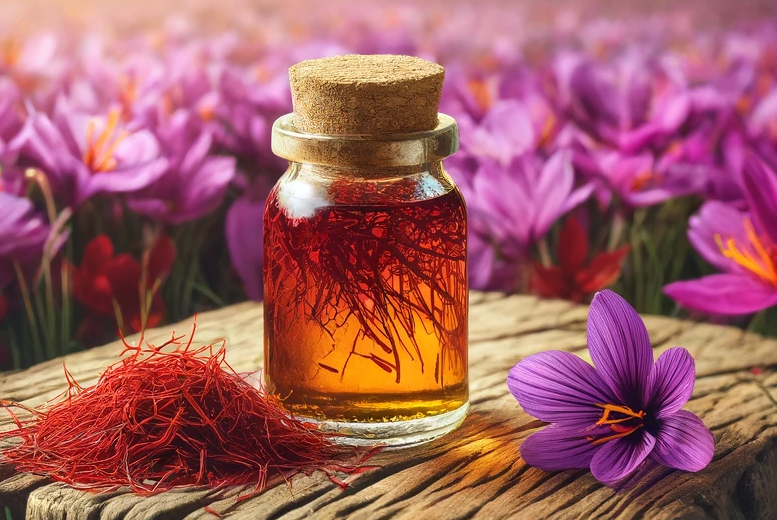Malachite green

What is malachite green?
Malachite green is a synthetic dye that was originally used in the textile industry and as a biological dye. Due to its strong antimicrobial and fungicidal properties, it was later used in fish farming and aquaristics to treat fungal infections and other diseases. It is known for its effectiveness against a range of pathogens, but its use is not without controversy, mainly due to concerns about its toxicity and potential carcinogenic effects.
Benefits of malachite green
Effectiveness against microorganisms
Malachite green has been shown to be highly effective against a variety of fungi and parasites that infect aquatic organisms. It can be used to treat infections in aquaculture to prevent the spread of disease.
Disadvantages and precautions
Toxicity
The use of malachite green is controversial due to its toxicity and potential carcinogenicity. Studies have shown that malachite green can have toxic effects in mammals, including dogs, especially with long-term exposure.
Environmental exposure
Malachite green can persist in the environment and has the potential to harm aquatic ecosystems. Its use in aquaculture must be carefully monitored and controlled to minimize negative effects on the environment.
Legal restrictions
In many countries, the use of malachite green in food production, including fish farming, is highly regulated or banned due to health concerns. Knowledge of local regulations is crucial to avoid legal problems.
Use a controversial product with caution
Malachite green offers potential benefits in the control of microbial infections in aquatic environments, but its use in dogs is highly controversial and generally not recommended due to the significant health risks and potential environmental exposure. Pet owners and caretakers should be aware of the risks and consider alternative, safer treatment methods. Caution should be exercised when handling malachite green and it should only be used under strict supervision and in accordance with current regulations. Ultimately, the priority is the safety and well-being of our dogs and the environment in which we all live.
If you notice any signs of hypersensitivity or poisoning in your dog, you should see your vet immediately. We are not a substitute for a vet, but we try to be as accurate as possible. Every dog reacts differently and we recommend you get a second opinion or consult your vet if in doubt.
Stay healthy and take good care of your four-legged friend!😊
Similar to Malachite green
A colorful history Methylene blue, chemically known as tetramethylthionine chloride, is a synthetic dye that was originally used in the textile industry and later in microscopy to stain biological...
Crystal violet, chemically known as hexamethyl-p-rosaniline chloride, is a synthetic dye with antimicrobial properties. Originally used in the textile industry and as a biological dye, its...
First of all, it is important to clarify that the term "safranins" can be misleading in this context. In a chemical sense, safranins refer to a group of synthetic dyes used in microscopy and in the...
Fuchsin is a bright red dye that is valued for its intense color and its ability to react with various materials. In biology and medicine it is used, among other things, for Gram staining, a method...



